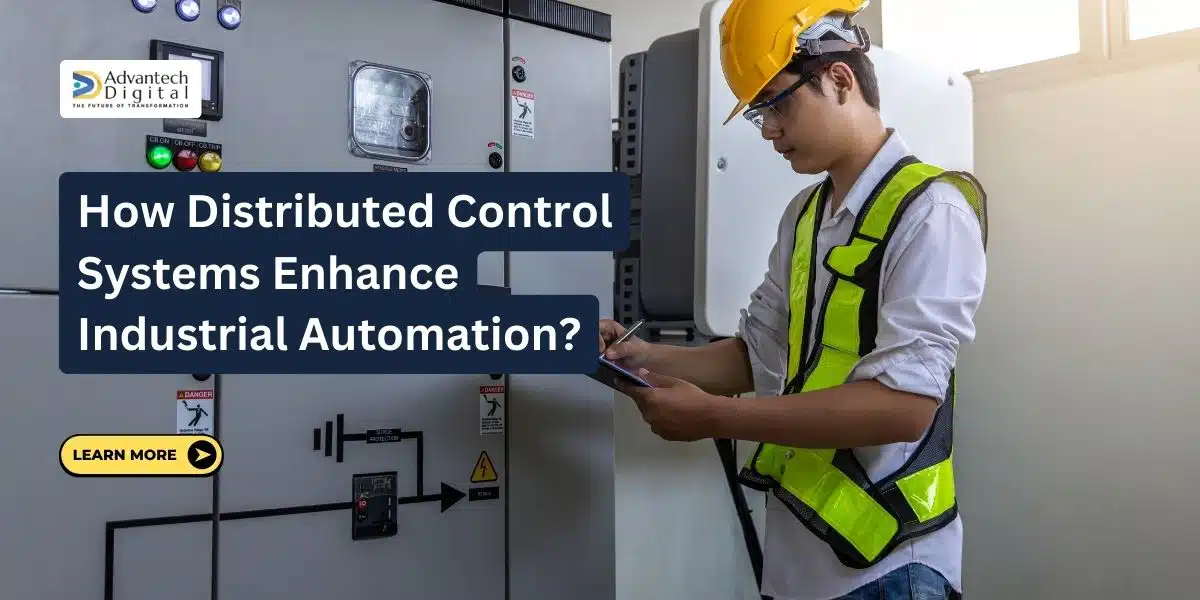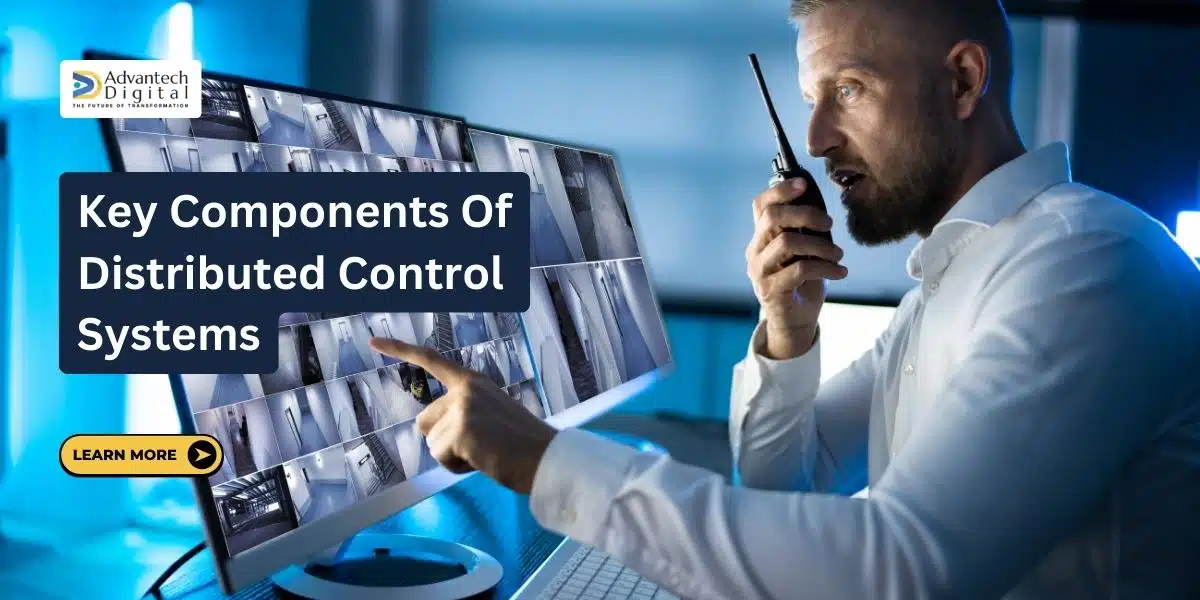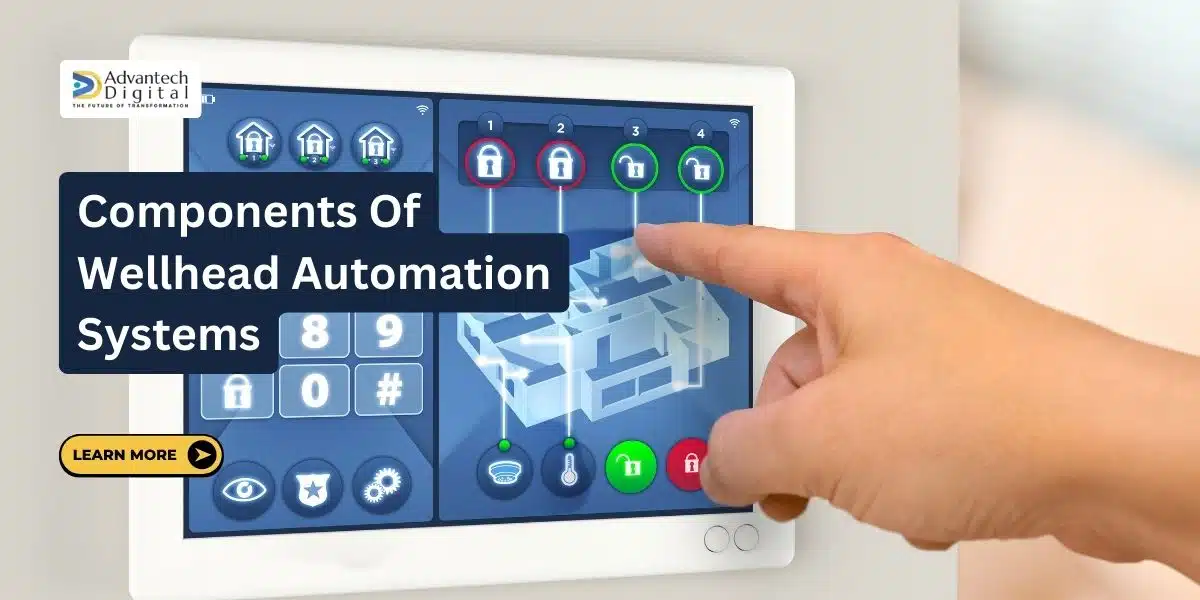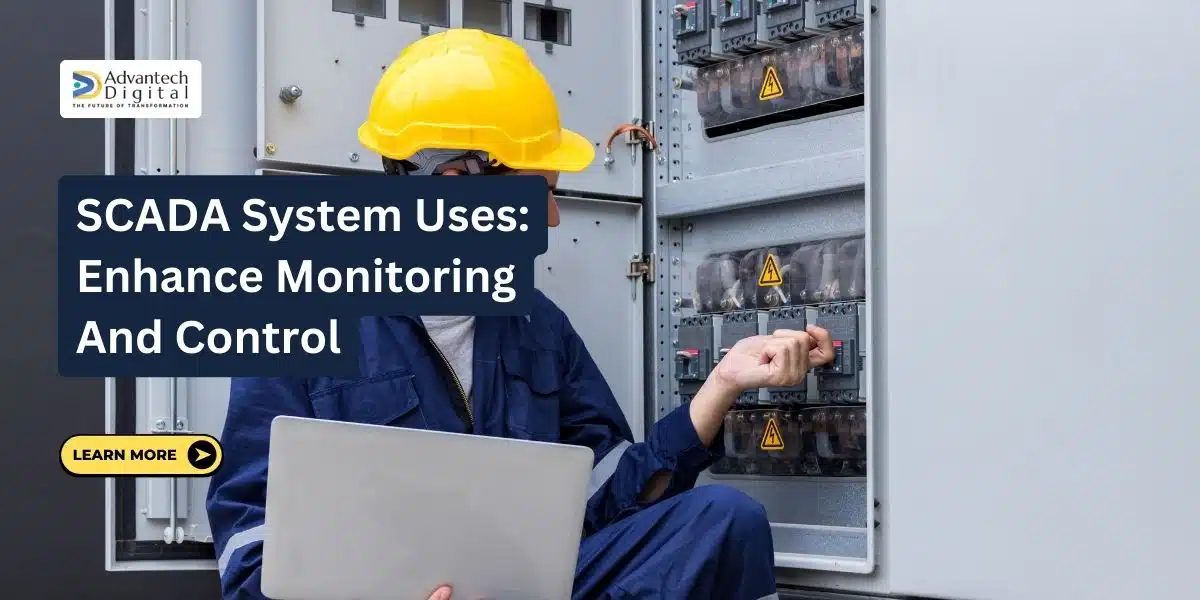Importance of HMI in Industrial Control Systems
It is impossible to overstate the importance of Human-Machine Interface (HMI) technology in the dynamic landscape of industrial control systems. As a bridge between humans and machines, HMIs facilitate seamless interaction and efficient operation of complex industrial processes. Operators can easily navigate HMIs with intuitive interfaces, visualize data in real time, and control advanced functions from manufacturing plants to power plants. HMIs have revolutionized the way industries operate in this rapidly evolving era of digitalization and Industry 4.0, enhancing productivity, safety, and reliability. This article explores the evolution, key components, benefits, challenges, and future trends of HMIs in industrial control systems. Industry professionals can realize the full potential of HMIs when they understand their critical role. Key Takeaways: A human-machine interface (HMI) facilitates seamless interaction between humans and machines in industrial control systems. HMIs enhance productivity, safety, and reliability through intuitive interfaces, real-time data visualization, and advanced control capabilities. Industry 4.0 and digitalization have revolutionized industrial operations and driven innovation in areas such as predictive analytics. HMIs are an important component of industrial efficiency and competitiveness. They optimize resource utilization, minimize downtime, and support regulatory compliance. HMIs are essential for industrial control professionals to harness their full potential and drive continuous improvement. Importance of HMI (Human-Machine Interface) in Industrial Control Systems: Enhancing Operator Control and Monitoring: Control and monitoring processes directly impact operational efficiency and safety in industrial settings. Human-machine interfaces (HMIs) help operators effectively interact with complex machinery and systems. HMIs present real-time data, alerts, and diagnostics in an understandable format, enabling operators to make informed decisions faster. Enhanced control contributes to streamlined operations and greater productivity, as well as a safer work environment. Streamlining Complex Processes: Multifaceted industrial processes often involve many variables that need to be managed simultaneously. HMIs simplify these complexities by organizing and presenting critical information concisely. Operators can readily identify trends and anomalies through intuitive visual representations such as graphs, charts, and diagrams. As a result of this streamlining, industrial systems become more reliable and perform better, which enhances efficiency, reduces errors, and minimizes downtime. Improving Decision-Making Efficiency: Maintaining productivity and safety standards requires efficient decision-making in industrial control systems. HMIs facilitate this by providing operators with relevant data and insights at their fingertips. Using customizable dashboards and alarms, HMIs allow operators to prioritize tasks, identify issues proactively, and take corrective action as soon as possible. By improving decision-making efficiency, an organization is not only able to optimize operational effectiveness but also to foster a culture of continuous improvement. Ensuring Safety and Risk Mitigation: HMIs play a pivotal role in mitigating risks and ensuring the well-being of personnel and assets in industrial operations. By integrating robust safety protocols, HMIs enable operators to monitor potentially hazardous conditions and respond promptly to emergencies. In addition, advanced HMIs incorporate predictive analytics and predictive maintenance to prevent equipment failures. This comprehensive approach to safety safeguards personnel and enhances overall operational resilience. Enhancing System Reliability and Performance: Industrial systems must be reliable and perform well to maintain operational excellence and maximize profitability. Operators benefit greatly from HMIs by gaining insight into equipment health, energy consumption, and process optimization. By facilitating continuous monitoring and analysis, HMIs reduce downtime, improve equipment lifespan, and enhance overall system reliability. Taking a proactive approach not only improves operational efficiency but also minimizes disruptions and ensures the longevity of critical assets. Facilitating Remote Monitoring and Control: Industrial operations have become increasingly interconnected, making remote monitoring and control indispensable. HMIs equipped with remote access capabilities make monitoring and controlling processes from anywhere possible. Operators can respond promptly to issues, collaborate remotely with team members, and adjust as needed, whether accessing data from a control room or a mobile device. As a result, industrial management becomes more agile and responsive, maximizing productivity and uptime. Reducing Downtime and Operational Costs: In industrial operations, downtime causes substantial financial losses and disruptions to production schedules. An HMI helps minimize downtime by providing early warnings, enabling proactive maintenance, and troubleshooting. By identifying and addressing issues before they escalate, HMIs minimize unplanned downtime, maximize equipment utilization, and reduce operational costs. In addition to preserving profitability, this proactive approach helps to increase the organization’s competitiveness. Optimizing Resource Utilization: Keeping competitive in today’s industrial landscape requires efficient resource utilization. Using HMIs, operators can identify opportunities for optimizing process efficiency, resource consumption, and production rates. Monitoring and analyzing data in real-time helps HMI allocate resources efficiently, minimize waste, maximize output, and maintain quality. In addition to improving the bottom line, this optimization reduces the environmental footprint of industrial operations, contributing to sustainability and CSR. Increasing Productivity and Output: Industrial control systems must uphold quality and safety standards to maximize productivity and output. An HMI plays a pivotal role in helping operators achieve this goal by streamlining processes, optimizing resource utilization, and minimizing downtime. With HMIs, operators are empowered to make informed decisions and take proactive measures, driving business success and fostering a culture of continuous improvement. Supporting Regulatory Compliance: HMIs play a crucial role in ensuring compliance with industry regulations and standards in industrial environments. With features such as data logging, audit trails, and compliance reporting, HMIs enable organizations to demonstrate regulatory compliance. In this way, safety, environmental, and quality standards are adhered to, mitigating risks and liabilities associated with non-compliance. The use of HMI contributes to the long-term sustainability and success of industrial operations by fostering a culture of compliance and accountability. Benefits of Effective HMI Implementation: Keeping industrial operations efficient, safe, and productive can be achieved by implementing Human-Machine Interfaces (HMIs). The following are some of the key benefits: Improved Operator Efficiency: Effective HMI implementation streamlines operator workflows, providing intuitive interfaces and real-time data visualization. Operators can thus make informed decisions more quickly, reducing manual errors and optimizing task execution to increase productivity and efficiency. Enhanced Safety and Risk Mitigation: Using HMIs, operators can monitor safety parameters, receive timely alerts, and receive alarms. This allows proactive identification and mitigation of potential hazards, minimizing the risk of accidents and injuries and ensuring compliance … Read more






